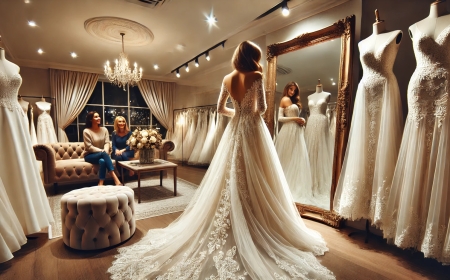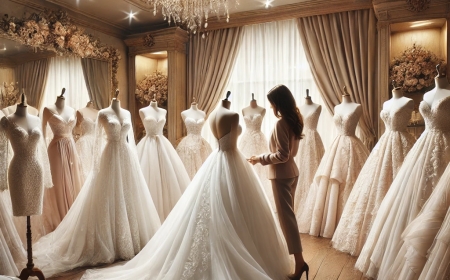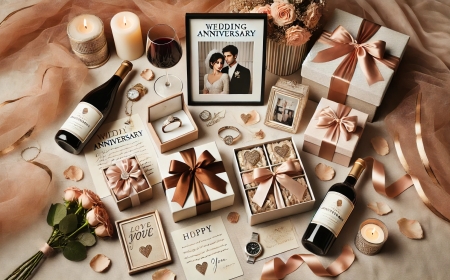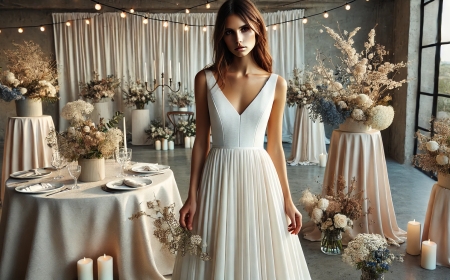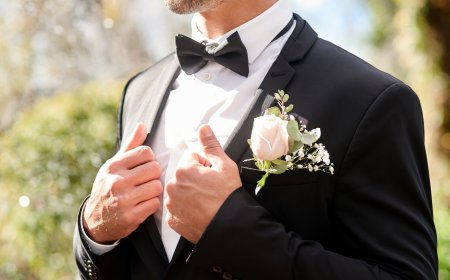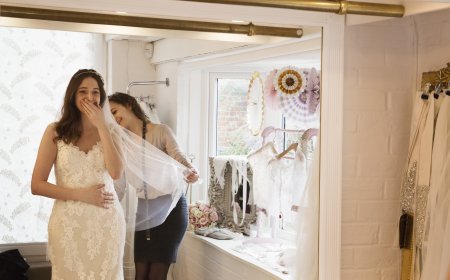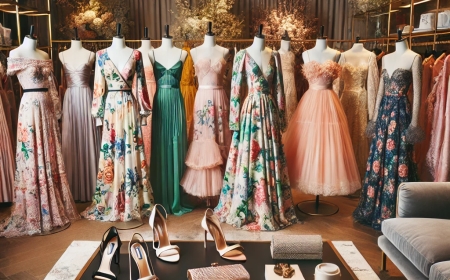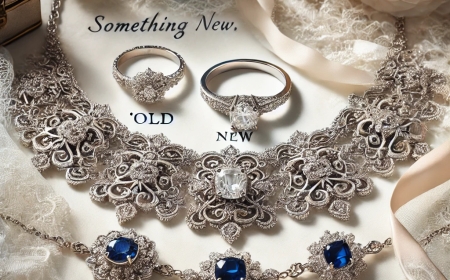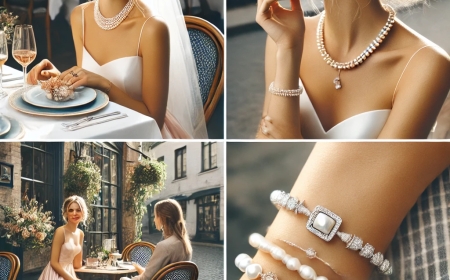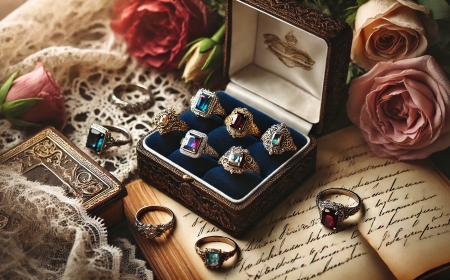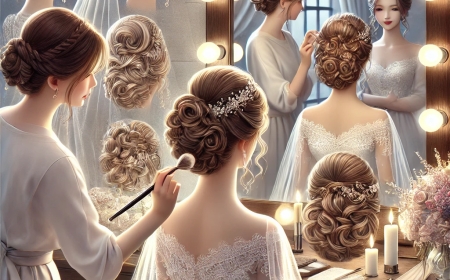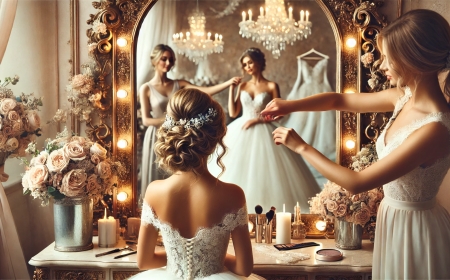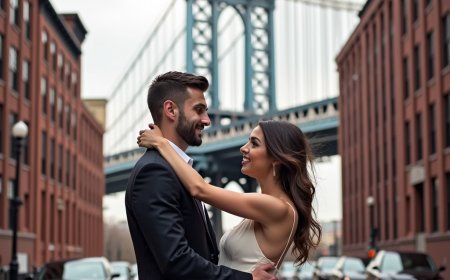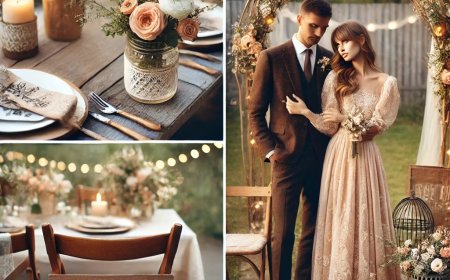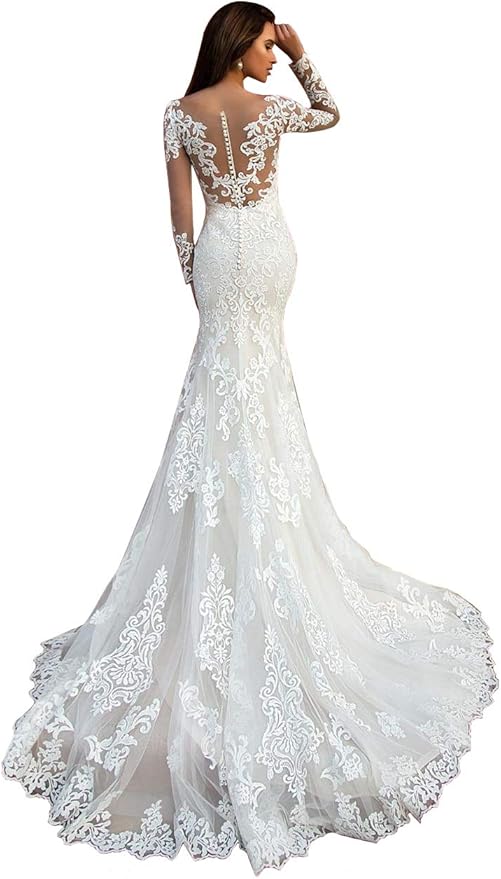American Wedding Traditions: A Comprehensive Guide to Timeless Customs
Explore the rich tapestry of American wedding traditions in this comprehensive guide. From unique engagement celebrations to timeless ceremony customs, discover how U.S. weddings blend individuality and tradition to create unforgettable celebrations of love.

Living in the United States often evokes a sense of freedom—freedom to live, love, and embrace individuality. While this spirit of independence permeates every aspect of life, it also shapes weddings in unique and personal ways. Yet, even within this culture of self-expression, certain wedding traditions have endured, giving these celebrations a distinctly American touch. Here’s a detailed exploration of these cherished practices.
The Engagement: A Personal Beginning
Engagements in America are highly individualized, with no rigid traditions dictating the process. This allows couples to craft unique and creative proposals, reflecting their personalities and relationship.
- Sharing the News: After the proposal, it’s customary for the engaged couple to visit their parents and share the exciting news in person. This often sets the tone for upcoming celebrations.
- Engagement Party: Many couples host an engagement party to mark the occasion. These events are typically more casual than wedding receptions, featuring cocktails and hors d’oeuvres. Engagement parties also provide an opportunity to celebrate with a broader group of friends and family, especially if the wedding guest list will be limited.
Pre-Wedding Festivities
American weddings often include a series of pre-wedding events, each with its own traditions:
Bridal Shower
Organized by the maid of honor and bridesmaids, the bridal shower is a chance for the bride’s closest friends and family to celebrate her upcoming wedding. Guests typically bring gifts to help the bride prepare for her new life.
Bachelor and Bachelorette Parties
These events are often held a night or two before the wedding. While the groom’s bachelor party may include a night out with friends, he is advised to avoid overindulgence. Similarly, the bride’s bachelorette party is an opportunity for her to bond with her closest friends in a fun, often lighthearted setting.
Wedding Invitations: The First Impression
Wedding invitations are more than just an announcement—they set the tone for the entire event. Here are some key elements:
- Response Cards: Invitations include RSVP cards, allowing guests to inform the couple whether they will attend.
- Timely Delivery: Invitations should be sent 4-6 weeks before the wedding, giving guests ample time to plan their attendance.
Rehearsal Dinners and Luncheons
Rehearsal Dinner
Typically held the night before the wedding, the rehearsal dinner is an opportunity for the wedding party and out-of-town guests to gather in an informal setting. Traditionally, this event is hosted and paid for by the groom’s parents.
Bridal Luncheon
The bride may host a luncheon for her bridesmaids on the wedding day as a gesture of gratitude for their support. However, this event is optional and depends on the day’s schedule.
Wedding Ceremony Traditions
Religious Ceremonies
Even couples who are not deeply religious often opt for a traditional religious ceremony. However, in America’s diverse society, weddings frequently blend different faiths and customs, requiring creative approaches to honor both traditions.
The Groom’s First Look
Many couples follow the tradition of ensuring the groom does not see the bride until she walks down the aisle. This adds an element of suspense and emotion to the ceremony.
Walking Down the Aisle
Traditionally, the bride is escorted by her father. In cases where both a father and stepfather are involved, the bride may choose to have both walk her down the aisle. Meanwhile, the groom and his groomsmen typically enter the ceremony through a side door.
Wedding Receptions: Celebrations and Traditions
The reception is a time for joy and celebration, with several key elements:
- Bridal Table: The couple and their attendants usually sit at a special table, often elevated and beautifully decorated.
- Food and Drinks: Guests are served as soon as they arrive, ensuring they feel welcome and included.
Gift Giving: A Thoughtful Gesture
Wedding Registries
In the past, guests selected gifts they believed would be useful to the couple. Today, registries simplify the process, allowing couples to list items they need or desire, making gift-giving easier for guests.
Thank-You Notes
Upon receiving an engagement or wedding gift, it’s customary to send a personalized thank-you note. These should be sent within two weeks of receiving the gift to express genuine gratitude.
The Wedding Vows: A Timeless Promise
The most significant moment in any wedding is the exchange of vows. Couples pledge to love, honor, and cherish one another “for better or worse, ‘til death do us part.” This sacred commitment remains the cornerstone of American wedding ceremonies.
Final Thoughts
American weddings beautifully balance individuality and tradition. Whether couples choose to follow these practices or create their own unique celebrations, the essence of the event remains the same: a heartfelt celebration of love and commitment. By embracing these customs and adding personal touches, couples can create a wedding that reflects their personalities and strengthens the bonds of family and friendship.
What's Your Reaction?







